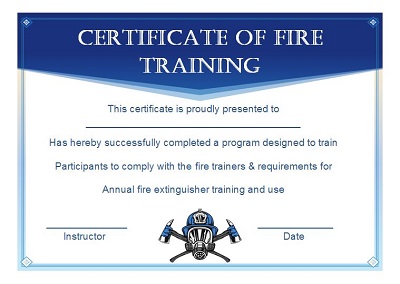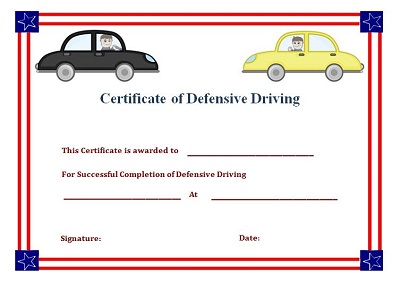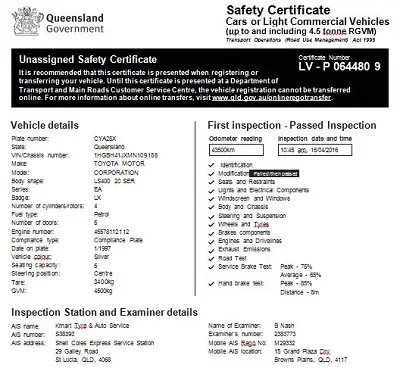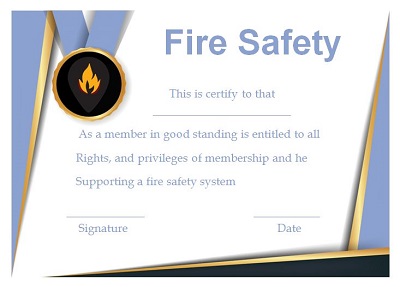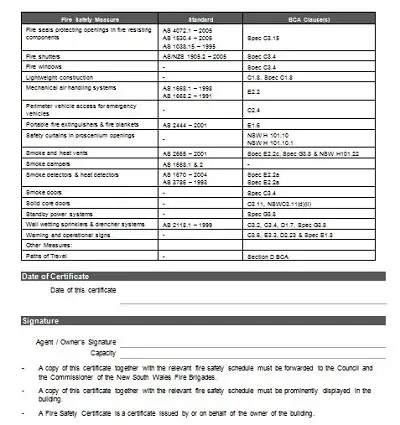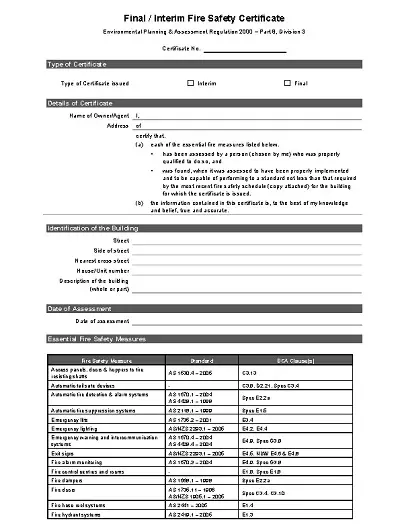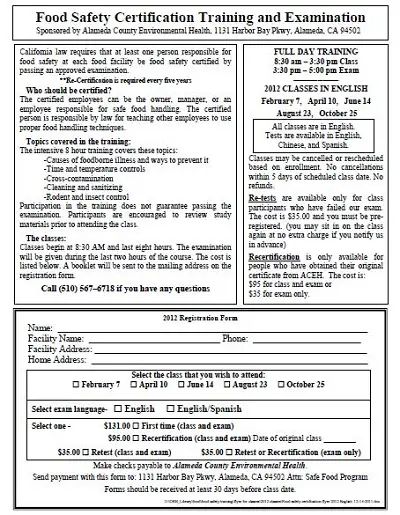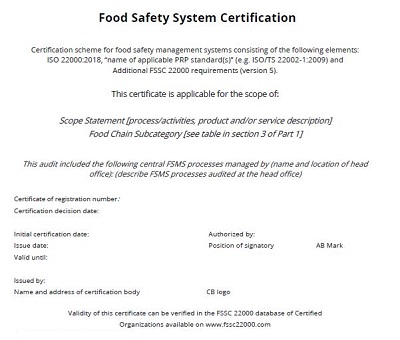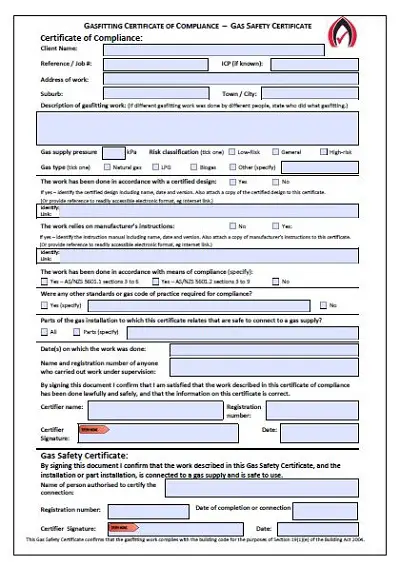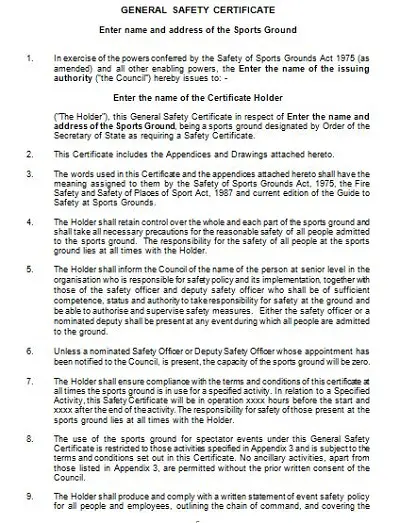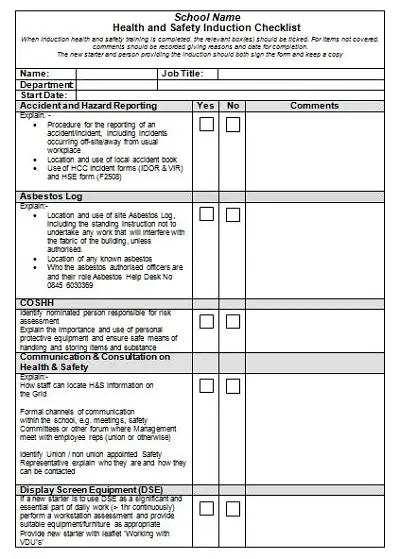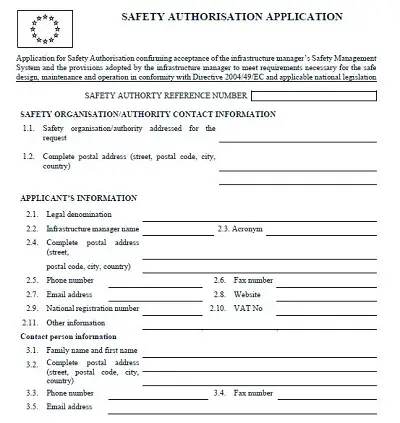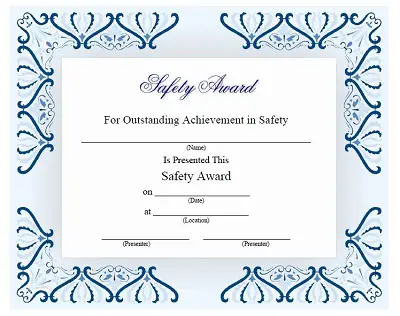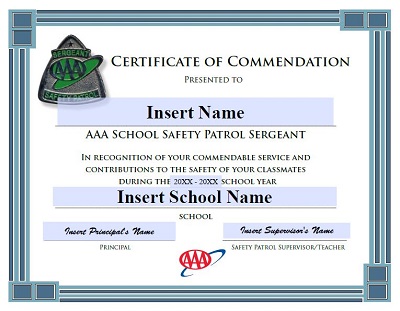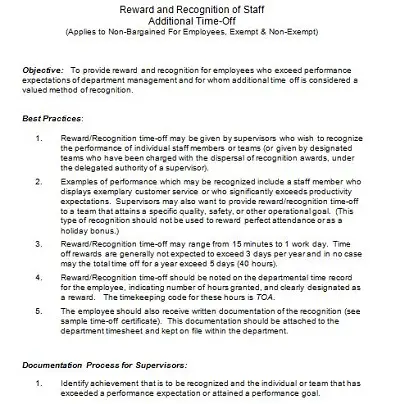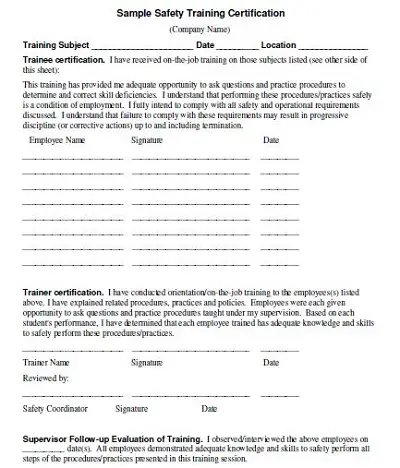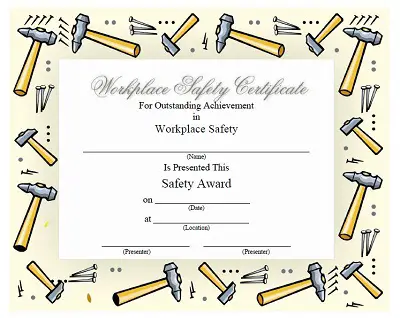25+ Free Safety Certificate Templates
Ensuring the safety of products and services is an important part of conducting business. Having a safety certificate from a trusted authority can be vital in informing customers regarding the quality and integrity of your product or service. Such certificates are given to those organizations that meet all criteria for compliance with established safety standards.
Table of Contents
By having a safety certificate, you can demonstrate to customers that you have met the necessary requirements to provide safe and reliable products and services. Investing in obtaining a valid safety certificate can help establish trust between organizations and their customers while helping to promote the responsible use of goods or services.
Download Free Safety Certificate Templates
What is a Safety Certificate?
A Safety Certificate is a type of document issued as a sign of approval from a qualified professional that verifies the safety of a product, building, or service. The primary purpose of these certificates is to ensure that all safety regulations and standards are being upheld in order for the item to be used safely by its intended consumers. A Safety Certificate must be up-to-date and properly maintained in order to assure an environment free from danger.
It sets out the criteria that have been considered in assessing the level of risk associated with an object or service, taking into account its location, scale, and occupancy load. Receiving one requires careful examination and assessment from an accredited professional or organization. By acquiring a Safety Certificate, businesses and manufacturers can demonstrate their commitment to providing safe services or products to customers by assuring they meet necessary safety requirements.
Types of Safety Certificates
Safety certificates are important documents that prove a product or service is safe to use. These certificates are issued by qualified individuals or organizations, and they must be renewed every year. Knowing what type of safety certificate you need can help save time, money, and stress when it comes to getting your products certified. Here are some different types of safety certificates available.
UL Certification
UL stands for Underwriters Laboratories, and UL certification is one of the most common safety certifications for products in the US. UL certification is required for many electrical products and appliances in order to ensure that they meet safety standards set by the US Department of Commerce. In order to obtain UL certification, manufacturers must go through an extensive testing process and provide detailed documentation about their products.
CE Marking
The CE marking which stands for “Conformité Européenne” is a safety certificate that must be obtained by any product sold in Europe. This marking ensures that the product meets all relevant European Union health, safety, and environmental protection regulations. The CE marking also ensures that the product has been tested by an independent third party before being put on the market.
ISO Certification
ISO (International Organization for Standardization) certification is another type of safety certificate designed to ensure that products meet certain standards of quality and performance. ISO certification requires companies to document their processes and procedures in detail, this helps them ensure consistency throughout their production process. In addition to providing assurance that products meet certain standards, ISO certification can also help increase customer trust in a company’s products or services.
Importance of Safety Certificates
Safety certificates are an important tool for businesses that operate in the manufacturing, mining, and construction industries. These certificates provide proof that your company is compliant with safety regulations and standards. Not only do they help ensure a safe workplace for employees, but they also help protect you from potential legal issues and financial costs associated with accidents or other safety issues.
Regulatory Compliance
Safety certificates are issued when a business meets the necessary requirements for operating safely, and it provides evidence of compliance with all relevant laws and regulations. If a business does not meet the requirements set out by its regulatory body, it can be fined or worse have its operations shut down completely. By having a safety certificate on file, you can prove to inspectors that your business is compliant with all applicable regulations, which can save time and money while protecting your reputation as well.
Financial Protection
In addition to meeting regulatory requirements, safety certificates provide businesses with financial protection in the event of an accident or other safety-related issue. If an employee is injured on the job due to the employer’s negligence, the employer may be held liable for any medical costs incurred by the employee as well as any lost wages due to absence from work. Having a valid safety certificate demonstrates that you have taken appropriate measures to ensure a safe working environment for your employees, which reduces your liability should something happen in spite of those efforts.
Improved Efficiency & Productivity
Once you have obtained a safety certificate, you can rest assured that your business is operating safely and efficiently which improves overall workplace productivity. Employees have confidence knowing their work is secure, this increases morale which leads to better performance across departments. Additionally, having documented proof of compliance helps streamline processes like inspections and audits so that businesses can focus more energy on running operations instead of worrying about regulatory paperwork.
A Step-by-Step Guide for Creating a Safety Certificate Template
Safety certificates are an important part of any business, whether it’s an office setting or a construction project. Having a safety certificate template ensures that all employees and contractors follow the same safety rules and expectations. This comprehensive guide will walk you through the process of creating your own safety certificate template.
Outline Your Safety Requirements
The first step in creating a safety certificate template is to outline the safety requirements of your organization. You should consider both industry standards as well as specific regulations that apply to your particular situation. Make sure you are aware of the latest updates from regulatory bodies and incorporate them into your plan. Additionally, think about any additional safety measures that you may need to include in order to protect both employees and customers alike. Also consider making allowances for special circumstances, such as providing extra protection for hazardous materials or dangerous equipment.
Create Your Template in Word Format
Once you have outlined all of your safety requirements, it’s time to create your actual template. The best way to do this is by using Microsoft Word, which allows you to easily customize and format documents with text and images. You can use basic formatting tools such as fonts, colors, and images to make sure the document looks professional and easy to read. Additionally, you can use tables or columns if needed in order to organize information in an effective way.
Add Automation Features
In today’s digital world, automation features are essential for streamlining processes and increasing efficiency. When creating your safety certificate template, be sure to add features such as autofill fields, automatic email notifications, or integration with other applications or systems. This will help save time manually inputting data while also ensuring the accuracy of information across all documents associated with the safety certification process.

